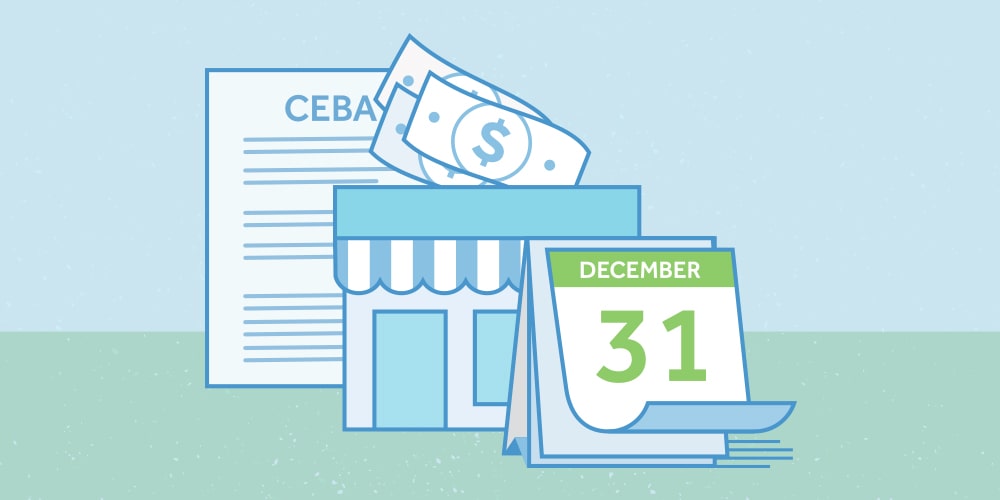Business owners have spent this last year navigating new and uncharted territory. Both the provincial and federal governments have rolled out various programs to support Canadians through this difficult time, including specific programs targeting the unique needs and challenges facing business owners.
The Canadian Emergency Business Account (CEBA)
One of the most commonly talked about programs is the Canadian Emergency Business Account (CEBA), which provides interest-free loans to small businesses and not-for-profits to mitigate reduced revenue due to COVID-19. Eligible businesses could use CEBA funding to cover operating expenses such as rent, payroll, utilities or property taxes.
One of the CEBA program’s highlights was the element of loan forgiveness. If your business received CEBA funding, this is something you likely want to take advantage of.
CEBA loan forgiveness
On top of access to cashflow during a critical time, the loan forgiveness aspect of the CEBA program is one of its top benefits. How does the loan forgiveness work? There are two ways to break it down:
- If your business borrowed $40,000 or less: repaying your balance on or before December 31, 2023 will result in forgiveness of 25% (up to $10,000). For example, if you borrowed $40,000 and repaid $30,000 by the deadline, your forgivable amount would be $10,000.
- If your business borrowed between $40,001-$60,000: repaying your balance on or before December 31, 2023 will result in forgiveness of up to $20,000 based on a blended rate:
- 25% on the first $40,000; plus
- 50% on any remaining amounts above $40,000 and up to $60,000.
For example, if you borrowed $60,000 and repaid $40,000 by the deadline, your forgivable amount would be $20,000 ($40,000 x 25% + $20,000 x 50%).
If your business is generating consistent revenue (granted it’s not likely back at a pre-pandemic level) now that Alberta has eased some public restrictions, looking at how you can start to repay your CEBA loan could help you save money in the long run.
Creating a plan for CEBA loan repayment
Being able to take advantage of CEBA loan forgiveness starts with a plan. Here are some recommendations that will help you prepare for your repayment ahead of time and ideally save over the course of your loan.
- Do the math. Calculate how much time is left from now until the December 31, 2022 deadline and determine the weekly or monthly amount you need to set aside to hit the goal of repaying the percentage of the loan required to qualify for forgiveness.
- Review your cashflow. Evaluate your revenue over the past 3-6 months and make projections for the near future. Then determine how much you can allocate each month towards your CEBA loan repayment. Take a moment to also consider any effects your business’s finances may have had on your personal ones, for example, on your retirement goals.
- Set savings aside automatically. Set up pre-authorized contributions to a savings account or an investment product that allows you to access the funds when you need them. Accounts like Servus’s Business High Yield Savings Account or our 15-month park and plan GIC are options that may be a good fit for your repayment plan.
- Talk to an expert. Share your plan with your financial advisor and discuss how it fits with the existing goals you have for both your business and your personal finances.
Remember, Servus business advisors are available to work with you on a plan for repaying your CEBA loan, maximizing the forgiveness portion and making sure you have the right investment plan to support your business going forward. Servus also offers other financial relief supports for businesses and individuals.


